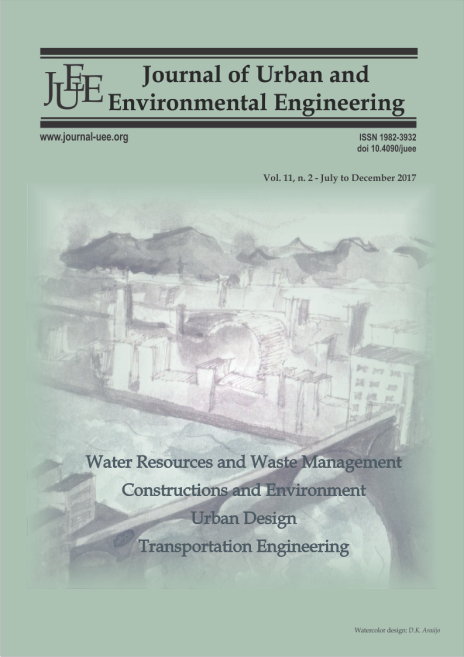AN ARTIFICIAL INTELLIGENCE BASED DROUGHT PREDICTIONS IN PART OF THE TROPICS
DOI:
https://doi.org/10.4090/juee.2017.v11n2.165-173Keywords:
Tropics, Drought, Standardized Precipitation Index, Trend and ANNAbstract
There are indications that anthropogenic activities of man have tremendously increased extreme weather conditions resulting from global warming. This study therefore aims to determine the possibility of drought, its frequency, persistence and severity in Southwest Nigeria. The study employs the use of secondary data such as rainfall records from Ijebu-Ode station covering a period of 40 years (1974-2013) for drought computation while other parameters such as temperature, potential evapotranspiration and relative humidity were used for Artificial Neural Network (ANN) based modeling and prediction of drought. The frequency of drought events was calculated using the Standardized Precipitation Index (SPI). The SPI was calculated for 3, 6, 9, 12, and 24 months’ time steps, and findings shows that all time steps had an increasing trend which signify excess rainfall and flooding in years to come except, the 3 month time step for the month of April that shows a significant decreasing trend, indicating an increase in drought. ANN was further used to model the drought for the 3 month time step for the month of April. Prediction of the year 2045 shows that there would be periods of severe dryness. The study concludes that the hypothesis of increasing rainfall in the tropics due to climate change does not hold for all areas and time steps, since there is indication that drought will persist in few months in years to come. Finally, more intensive study should be done to ascertain possibility of unforeseen droughts in the tropics where rainfall has been forecasted to persist.Downloads
Download data is not yet available.
Downloads
Published
2018-06-27
Issue
Section
Articles




